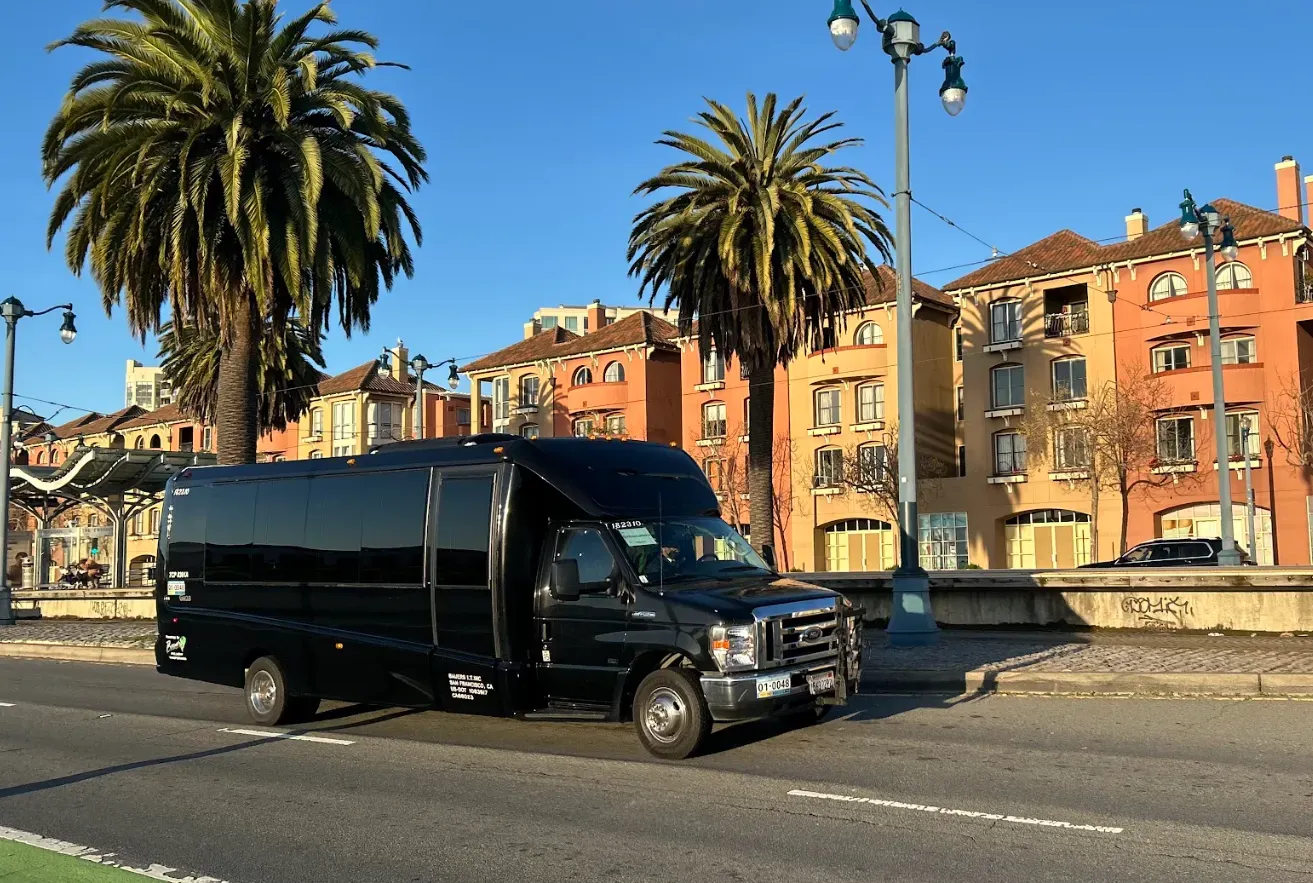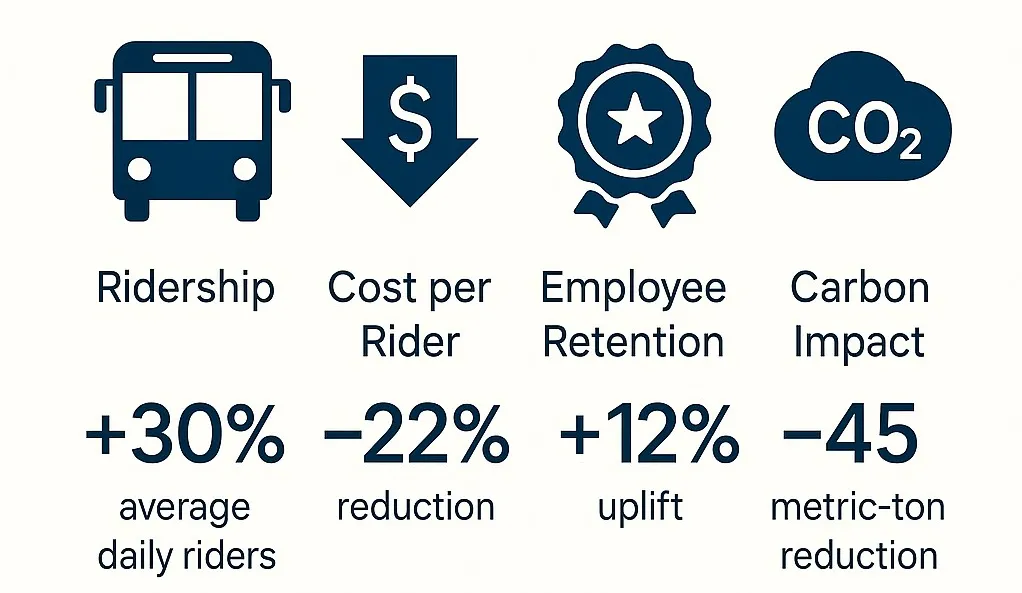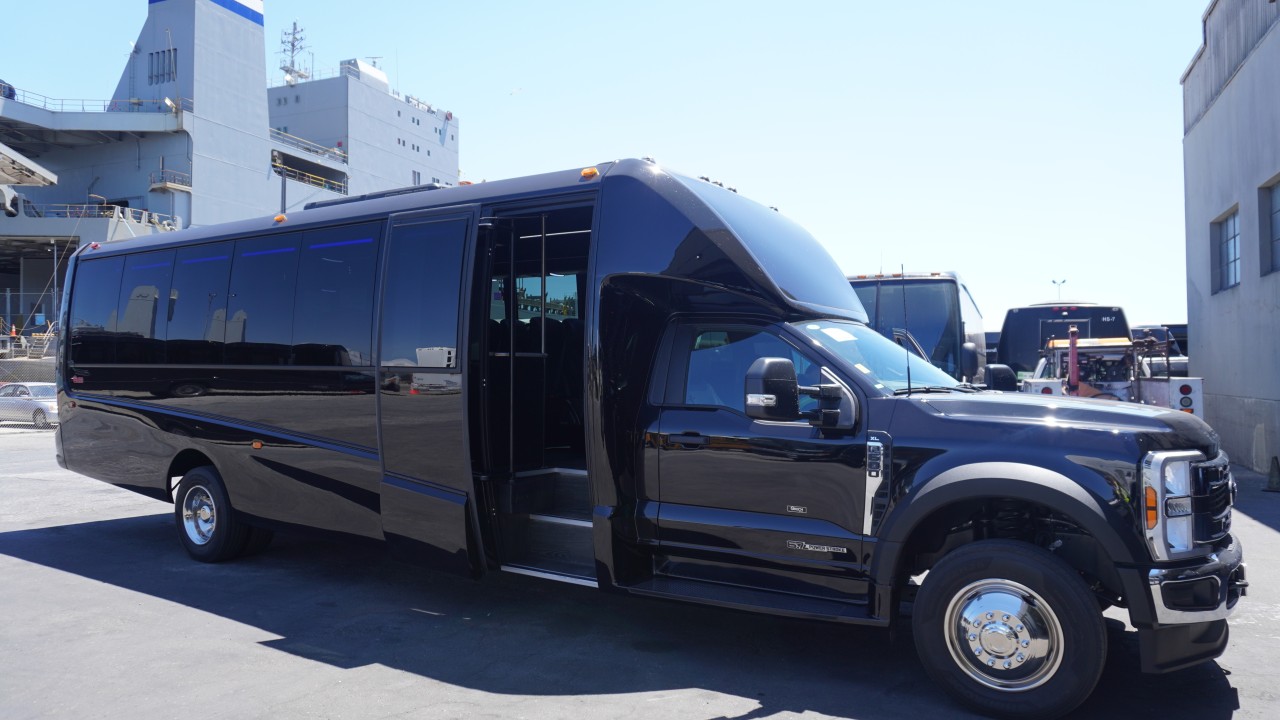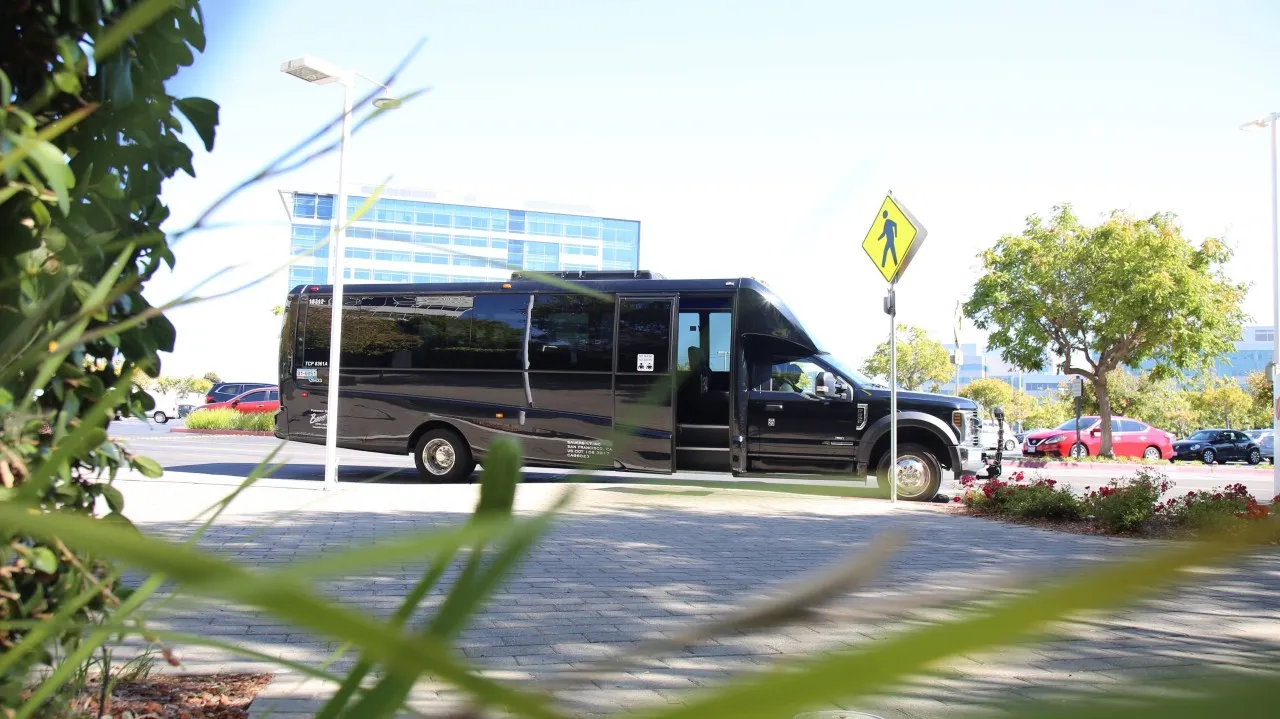How Commuter Benefits Work

Who Qualifies for Commuter Benefits?
- W-2 Employees Only: Section 132 benefits flow through an employer’s payroll system, so independent contractors (1099) cannot participate.
- Enrollment: Employees elect monthly contribution amounts during open enrollment or upon hire, up to IRS limits (2025: $300/month transit; $300/month parking)
Key Advantages of Pre‑Tax Commuter Programs
Tax Savings for Employees
Pre‑tax deductions lower an employee’s taxable income. For example, a $200/month transit election yields $2,400 in annual contributions—and at a combined 30% tax rate, that’s $720 in yearly savings.
Payroll Tax Savings for Employers
Employers save on FICA payroll taxes for each dollar employees elect pre‑tax. On $2,400 in annual contributions, a 7.65% FICA rate equals roughly $184 saved per employee.
Sustainability & Employee Well‑Being
Offering commuter benefits encourages public transit and reduces single‑occupancy vehicle trips—supporting corporate sustainability goals and reducing workplace parking demand.
Common Commuter Benefit Options
- Transit Passes: Bus, subway, rail, ferry (e.g. Clipper).
- Vanpooling: Group ride-share services meeting IRS criteria.
- Parking: Garage or lot parking near work or transit hubs.
- Corporate Shuttle Services: Buses, shuttles or vans operated by the company or a third party.

Why Corporate Shuttle Services Stand Out
- Customization & Control: Tailor routes, schedules, vehicle features (Wi-Fi, charging ports) and branding.
- Guaranteed Seating & Comfort: Employees avoid overcrowded public transit and enjoy onboard amenities that boost morale and productivity.
- Seamless Data & Reporting: In-house systems capture ridership metrics, route performance, and cost per rider—enabling data‑driven optimization.
Integrating Your Shuttle into a Section 132 Plan
- Define Shuttle Fares as Qualified Expenses: Update your benefits policy to list company shuttle fees under “transit.”
- Coordinate with Payroll: Work with HR to set up pre-tax payroll deductions for shuttle passes.
- Issue Commuter Cards or Digital Passes: Provide employees with easily managed payment options that draw from their pre‑tax account.
How to Launch Your Shuttle‑Backed Commuter Program
- Partner or Build In‑House: Decide between third-party shuttle vendors, such as Bauer’s Intelligent Transportation, or managing your own fleet. Bauer’s IT offers customizable shuttle services with modern vehicles, technology, and real-time tracking, providing an optimal solution for your employee transportation needs.
- Communicate IRS Limits: Educate employees on the $300/month transit and parking caps.
- Roll Out Routes & Enrollment: Launch internal marketing—route maps, digital portals, and enrollment guides—to drive adoption.
Case Study: Boosting ROI by Partnering with Bauer’s Intelligent Transportation

A mid‑sized Bay Area tech firm partnered with Bauer’s Intelligent Transportation to launch a branded employee shuttle service, seamlessly integrating it into their IRS Section 132 commuter benefits program. Over the first 12 months:
- Ridership: +30% average daily riders (driven by reliable routes and real‑time tracking using RidePal technology)
- Cost per Rider: 22% reduction compared to traditional transit reimbursements (thanks to volume pricing and optimized routing)
- Employee Retention: 12% uplift among frequent shuttle users (commuters reported higher satisfaction and less stress)
- Carbon Impact: 45 metric‑ton CO₂ reduction (by replacing single‑occupancy car trips with shared shuttle rides)
Take Action: Elevate Your Commuter Strategy
Ready to maximize tax savings and delight your team? Contact Bauer’s Intelligent Transportation to design a customized corporate shuttle program that integrates seamlessly with Section 132 commuter benefits—and start saving today!
FAQs
Q: Can shuttle costs count toward monthly IRS limits?
A: Yes. Shuttle fees are treated as transit expenses, up to $300/month for 2025.
Q: What if I operate multiple office locations?
A: Define distinct routes for each campus and let employees elect deductions for the relevant route.
Subscribe to Updates
Get the latest news, updates, and exclusive offers straight to your inbox.






